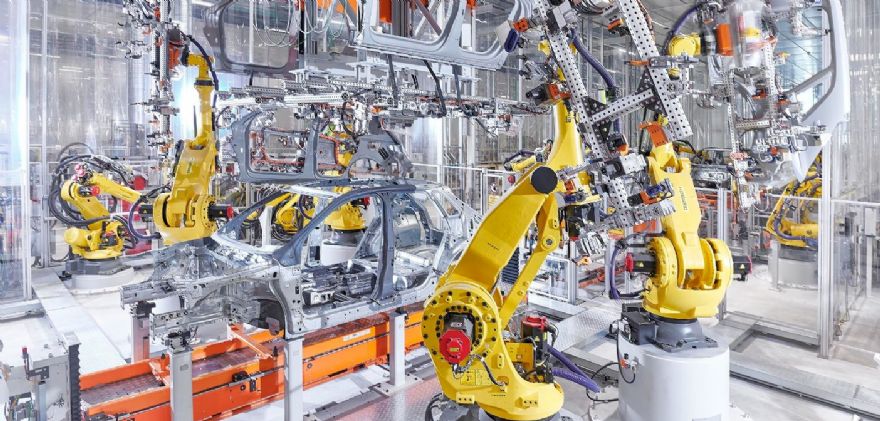
In its 2023 update paper —
World Robotics R&D Programmes — the
International Federation of Robotics (IFR) covers the latest funding developments, including updates in 2022, and shows that the most advanced robotics countries in terms of annual installations of industrial robots — China, Japan, USA, South Korea, Germany and the European Union (EU) — have differing R&D strategies.
For example, China’s ‘14th five-year plan for robot industry development’ — released by the Ministry of Industry and Information Technology in Beijing in December 2021, focuses on promoting innovation and making China a global leader for robot technology and industrial advancement. For example, the ‘Intelligent Robots’ programme was launched under the National Key R&D Plan in April 2022 with a funding of $43.5 million (USD). In 2021, China reached a robot density of 322 units per 10,000 workers in the manufacturing industry, ranking the country fifth worldwide; it was 20th (140 units) in 2018.
Japan states its ‘New Robot Strategy’ aims to make the country the world’s number one robot innovation hub, and more than $930.5 million in support was provided by the Japanese government in 2022. Key sectors were manufacturing ($77.8 million), nursing and medical ($55 million), infrastructure ($643.2 million) and agriculture ($66.2 million).
The action plan for manufacturing and service includes projects such as autonomous driving, advanced air mobility, and the development of integrated technologies that will be the core of next-generation artificial intelligence and robots. IFR data shows Japan is the world’s number one industrial robot manufacturer, delivering 45% of the global supply in 2021.
Robot densityIn South Korea, the ‘3rd Basic Plan on Intelligent Robots’ is pushing to develop robotics as ‘a core industry in the fourth industrial revolution’. The Korean government allocated $172.2 million in funding for the ‘2022 Implementation Plan for the Intelligent Robot’ and includes funding for the ‘Full-Scale Test Platform Project for Special-Purpose Manned or Unmanned Aerial Vehicles’. IFR data shows that in 2021 South Korea achieved an all-time high of 1,000 industrial robots per 10,000 employees, making it the country with the highest robot density worldwide.
Meanwhile, Horizon Europe is the EU’s key research and innovation framework programme. With a budget of $94.30 billion for the seven-year period 2021-2027, top targets include: strengthening the EU’s scientific and technological bases; and boosting Europe’s innovation capacity, competitiveness, and jobs. The European Commission provided total funding of $198.5 million for the robotics-related work programme 2021-2022.
Germany’s High-Tech Strategy 2025 (HTS) — the fourth edition of the German R&D and innovation programme — will provide around $69 million annually until 2026. As part of the HTS 2025 mission, the programme ‘Shaping technology for the people’ was launched. Research topics include: digital assistance systems such as data glasses; human-robot collaboration; and exoskeletons to support employees in their physical work. Germany is the largest robot market in Europe and ranked fourth worldwide with 397 units per 10,000 employees.
Announced in February 2021, the National Robotics Initiative (NRI-3.0 programme) in the USA was launched for fundamental robotics R&D and was supported by the US government with some $14 million in 2021. Collaboration among academics, industry, government, non-profit, and other organisations is encouraged, with the ‘Moon to Mars’ project by NASA highlighting objectives to establish a long-term presence in the vicinity of and on the moon.
The projects target research and technology development that will significantly increase the performance of robots to collaboratively support deep space human exploration and science missions. The robot density in the USA rose from 255 units in 2020 to 274 units in 2021, ranking the country ninth in the world.